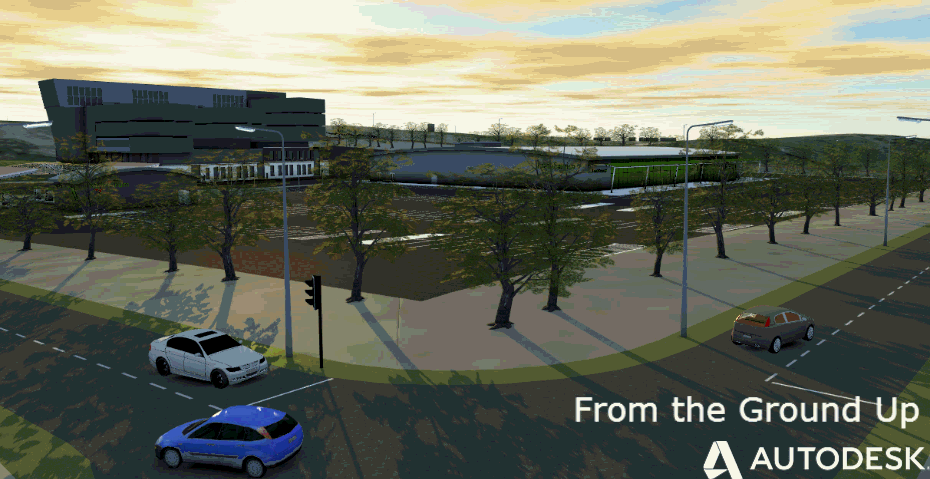This post is based on an earlier post made by Bart De Maesschalck from DEME on the Civil 3D Benelux usergroup page.
The challenge is to create a subassembly with the ability to apply a varying width without the need for a target alignment or polyline/feature line.
In this example the transition will be linear… a curved transition can be considered for another post.
The solution lies in the possibilities that SAC (Subassembly Composer) offers. I'm sure there are many ways to get this done, but this is how I did it…
STEP 1: Define the variables you need
- Base width (Width before the transition, also used in subassembly mode)
- Extended width (Width after the transition)
- Transition length (Length of the transition zon)
- Transition start station (station to start the transition)
STEP 2: Implement this iS SAC
- Create the input variables we have defined in STEP 1.
- Define an internal variables to be able to calculate the real width during the transition (ActualWidth)
- Define the flows and decisions that need to be taken.
For every assembly insertion of the corridor we need to define if the current station is before, in or after the transition zone. - Calculate the actual width during transition
-
Create the geometry for the lane
STEP 3: Test in AutoCAD Civil 3D
The Subassembly can be downloaded here: Download LaneWithTransition
Peter Ingels
